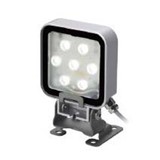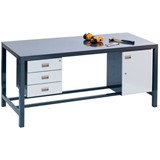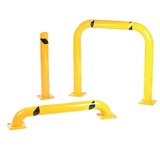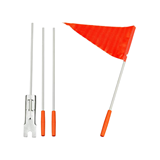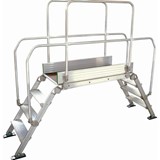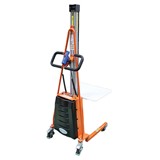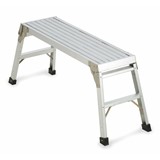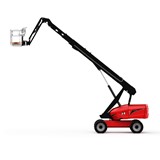It's one of the biggest conundrums facing the manufacturing industry today.
Steel capped boots may stop a worker's toes getting crushed. Gloves may save their hands from chemical burns or a severed finger. Helmets may avert a life changing head injury. And face visors may save a worker's sight.
Yet there they are on every factory floor and in every storage yard. Grown men and women, half of whom probably drove to work and wore a seatbelt because they knew it might save their lives; the other half either walked to work or caught public transport and looked left and right as they crossed roads because they knew it might save their lives.
But still, there they are at work around pumping, cutting, driving, slicing and spewing machines and their helmet, visor or gloves are in a locker somewhere, even though they know it might save their lives.
The sad facts of a working life
According to Safe Work Australia data, 185 Australians lost their lives in work-related incident last years. While this is deplorable, protective gear has no doubt ensured that figure isn't even higher.
Australian Bureau of Statistics findings also suggest that for every 1000 Australians employed in manufacturing, about 82 will be injured on the job this year. How many of those injuries will be far worse due to a lack of safety gear? And how many of those injuries will have safety gear to thank for not becoming fatalities?
Not wearing appropriate safety equipment makes no sense. It ruins families who have to deal with invalided workers living off a lowly sickness benefit and costs lives on a far too regular basis. Yet every day workers disregard their own safety.
Why? Is it for comfort's sake? There has to be some sympathy, especially in the case of those working around furnaces or welding under constant fire from hot sparks. No batsman carries his bat for eight hours a day, five days a week. In fact, any batsman who lasts a single day in all that gear is usually both a national hero and exhausted.
The complications of compliance
Manufacturing workers are required to wear an unwieldy array of protective equipment for long periods every day, often in sweltering heat that would be barely tolerable in nothing more than shorts and a t-shirt.
While there is also undoubtedly a degree of bravado in the actions of some, the desire to feel comfortable while working is understandable. Shorter stints and longer breaks would certainly ease the situation and give workers a chance to relax and recoup before their next stint. But there is still the small matter of convincing all your workers that they need to wear protective gear in the first place.
This is clearly easier said than done, as there is continued resistance for whatever reason. Equally clearly an OHS policy stipulating the required equipment for any given job is not enough to convince the majority on its own and on a lasting basis.
Are individual companies responsible for ramming this message home or is it ultimately up to each worker to conform if they choose to? Or does it come down to a compromise? Perhaps, but a different sort of compromise may be what finally gets the message through.
A compromising proposal
As an employer you need to deliberately and methodically compromise every one of your workers professionally and, most importantly, emotionally. They need to see the potential consequences of their actions and how their casual attitude towards safety can affect them and their family in appropriately shocking terms.
There is nothing new or revolutionary in this or, indeed, anything to worry about in taking a deliberately shocking approach. After all, how did your workers learn to automatically put a seatbelt on when they got in a car? And how did they learn to automatically look left and right crossing roads? From provocative, confronting and often shocking television campaigns. It works. And it can work here too.
It does, however, require each industry group to forget competitiveness for a moment, get collective management heads together and collaborate with Health and Safety authorities to produce an industry-specific, no-holds-barred campaign. Ideally this should be a high quality television campaign akin to the most hard hitting road safety equivalents. It can be supported with similarly confronting press advertisements.
The big advantage of such a public campaign is that workers' families are exposed to the dangers their loved ones face, possibly for the first time. They then become allies to the cause by applying the sort of emotional pressure employers are unable to apply; the irresistible pressure that can only come from wives and, even more so, children.
Supporting this public campaign, in-house videos of the same style can be added to current safety training and induction programs to further ram home the message.
If drink driving campaigns can teach hardened drinkers to stay off our roads when they're having a few, surely a concerted work safety campaign can get most manufacturing mavericks to wear a helmet.


